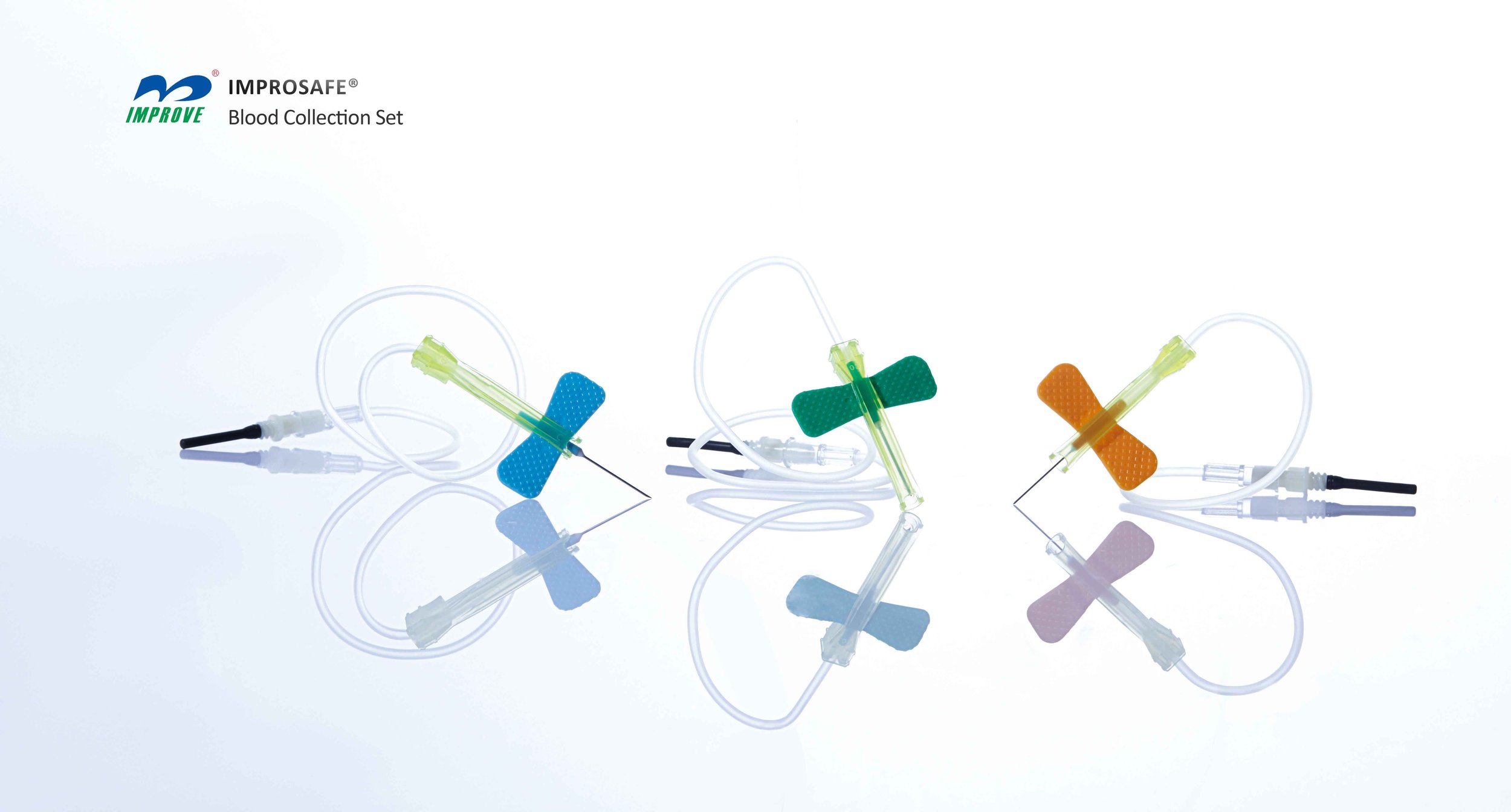Becoming a Certified Phlebotomist in the United States: Steps and Career Opportunities
Summary
- Becoming a certified phlebotomist in the United States involves several key steps that include completing a training program, gaining hands-on experience, and passing a certification exam.
- Phlebotomists play a crucial role in the medical field by collecting blood samples for testing and analysis, making it a rewarding career choice for those interested in healthcare.
- With the growing demand for phlebotomists in the healthcare industry, pursuing certification can help individuals stand out in the field and advance their careers.
Introduction
Phlebotomists are essential members of the healthcare team who are responsible for drawing blood from patients and preparing it for testing and analysis in medical laboratories. Becoming a certified phlebotomist in the United States involves completing specific training programs, gaining hands-on experience, and passing a certification exam. This article will outline the steps required to become a certified phlebotomist and explore the rewarding career opportunities available in this growing field.
Step 1: Complete a Phlebotomy Training Program
The first step to becoming a certified phlebotomist in the United States is to complete a formal phlebotomy training program. These programs are offered by community colleges, vocational schools, and technical institutes. The training typically includes both classroom instruction and hands-on practice in drawing blood from patients.
- Research phlebotomy training programs in your area and choose one that is accredited by a recognized organization, such as the National Accrediting Agency for Clinical Laboratory Sciences (NAACLS) or the Accrediting Bureau of Health Education Schools (ABHES).
- Complete the required coursework, which may cover topics such as anatomy and physiology, medical terminology, Venipuncture techniques, infection control, and patient safety.
Step 2: Gain Hands-On Experience
After completing a phlebotomy training program, it is essential to gain hands-on experience in a clinical setting. Many phlebotomy training programs include a clinical practicum where students can apply their skills under the supervision of experienced phlebotomists. This hands-on experience is crucial for developing proficiency in Venipuncture techniques and building confidence in working with patients.
- Complete a clinical practicum as part of your phlebotomy training program to gain real-world experience in drawing blood from patients.
- Consider volunteering or securing an entry-level phlebotomy position at a healthcare facility to continue practicing and honing your skills.
Step 3: Pass a Certification Exam
Once you have completed a phlebotomy training program and gained hands-on experience, the next step is to pass a certification exam to become a certified phlebotomist. Certification is not required in all states, but it can improve job prospects and qualify you for higher-paying positions in the field.
- Research the different phlebotomy certification exams available, such as those offered by the National Healthcareer Association (NHA), the American Society for Clinical Pathology (ASCP), and the American Medical Technologists (AMT).
- Prepare for the certification exam by reviewing study materials, taking practice tests, and familiarizing yourself with the exam format and content.
- Schedule and take the certification exam, and upon passing, you will officially become a certified phlebotomist.
Career Opportunities for Certified Phlebotomists
With the growing demand for phlebotomists in the healthcare industry, certified phlebotomists have a wide range of career opportunities available to them. Some potential career paths for certified phlebotomists include:
- Phlebotomy Technician: Working in hospitals, clinics, or laboratories to collect blood samples from patients for testing and analysis.
- Mobile Phlebotomist: Traveling to patients' homes or other healthcare facilities to collect blood samples for testing.
- Phlebotomy Supervisor: Overseeing a team of phlebotomists and ensuring that blood collection procedures are performed accurately and safely.
- Phlebotomy Instructor: Teaching phlebotomy training programs at educational institutions or healthcare facilities.
Conclusion
Becoming a certified phlebotomist in the United States is a rewarding and fulfilling career choice for individuals interested in healthcare and helping others. By completing a phlebotomy training program, gaining hands-on experience, and passing a certification exam, you can embark on a successful career as a certified phlebotomist with a variety of job opportunities available to you in the healthcare industry.

Disclaimer: The content provided on this blog is for informational purposes only, reflecting the personal opinions and insights of the author(s) on the topics. The information provided should not be used for diagnosing or treating a health problem or disease, and those seeking personal medical advice should consult with a licensed physician. Always seek the advice of your doctor or other qualified health provider regarding a medical condition. Never disregard professional medical advice or delay in seeking it because of something you have read on this website. If you think you may have a medical emergency, call 911 or go to the nearest emergency room immediately. No physician-patient relationship is created by this web site or its use. No contributors to this web site make any representations, express or implied, with respect to the information provided herein or to its use. While we strive to share accurate and up-to-date information, we cannot guarantee the completeness, reliability, or accuracy of the content. The blog may also include links to external websites and resources for the convenience of our readers. Please note that linking to other sites does not imply endorsement of their content, practices, or services by us. Readers should use their discretion and judgment while exploring any external links and resources mentioned on this blog.
